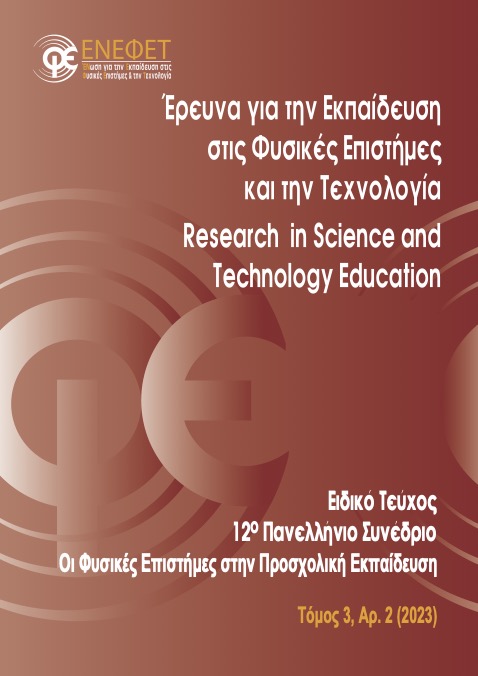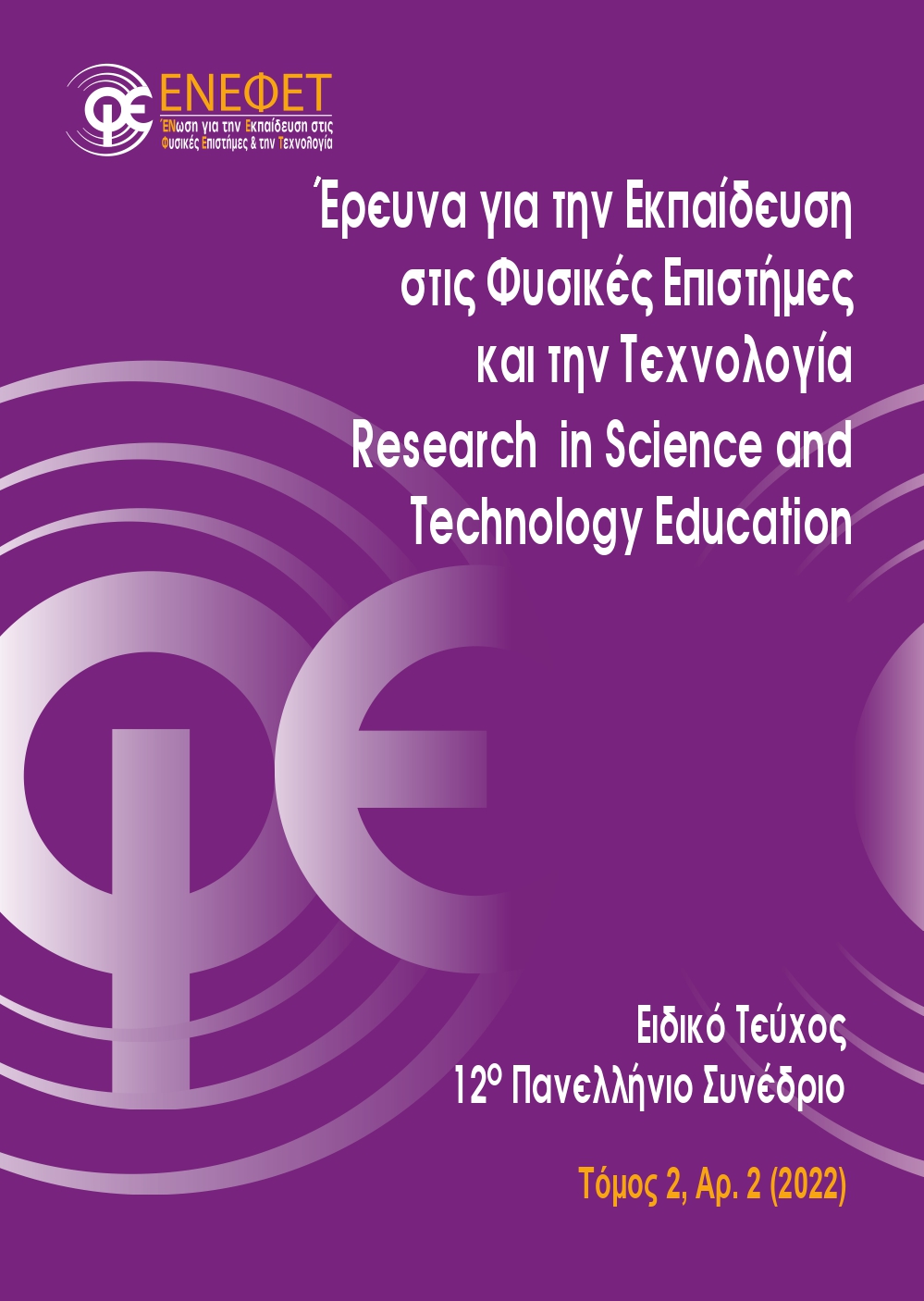«Είναι ένα μικρόβιο... και έρχεται από έναν πράσινο πλανήτη» Νοηματοδοτήσεις του Νέου Κορωνοϊού από Παιδιά Προσχολικής Ηλικίας
Abstract
Η έρευνα εξετάζει πώς τα παιδιά νοηματοδοτούν τον νέο κορωνοϊό και αν οι νοηματοδοτήσεις τους διαφοροποιούνται με την ηλικία και τον τρόπο έκφρασης. Ζητήθηκε από 460 παιδιά ηλικίας 4-6 ετών να περιγράψουν και να σχεδιάσουν τον κορωνοϊό. Η ανάλυση περιεχόμενου των δεδομένων ανέδειξε το πώς τα παιδιά αντιλαμβάνονται τον κορωνοϊό, καθώς και 3 επιπλέον θέματα σχετικά με τις Υγειονομικές, τις Ψυχολογικές και τις Κοινωνικές διαστάσεις της πανδημίας. Τα αποτελέσματα αντανακλούν την αξιοσημείωτη ενημερότητα των συμμετεχόντων για τον SARS-COV-2 και την COVID-19 και την πολυπλοκότητα των νοηματοδοτήσεών τους. Η ηλικία των παιδιών διαφοροποιεί τις λεκτικές περιγραφές του κορωνοϊού, ενώ ο τρόπος έκφρασης διαφοροποιεί την έμφαση σε διαφορετικές διαστάσεις της πανδημίας. Η δημοσιότητα του νέου κορωνοϊού και της πανδημίας μπορεί να προσφέρει το κατάλληλο πλαίσιο για το σχεδιασμό και την υλοποίηση εκπαιδευτικού υλικού και παρεμβάσεων σχετικά με τους ιούς και την ενδυνάμωση των παιδιών προκειμένου να συμμετέχουν στη διαχείριση παρόμοιων μελλοντικών κρίσεων.
Article Details
- How to Cite
-
Christidou, V. ., Μπονώτη Φ., Παπαδοπούλου Π., & Δούμπαλα Π. (2023). «Είναι ένα μικρόβιο. και έρχεται από έναν πράσινο πλανήτη»: Νοηματοδοτήσεις του Νέου Κορωνοϊού από Παιδιά Προσχολικής Ηλικίας. Research in Science & Technology Education, 3(2), 1–24. https://doi.org/10.12681/riste.34135
- Section
- Research Article
Authors retain copyright and grant the journal right of first publication with the work simultaneously licensed under a CC-BY-NC-SA that allows others to share the work with an acknowledgement of the work's authorship and initial publication in this journal.




